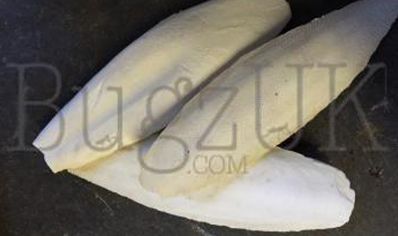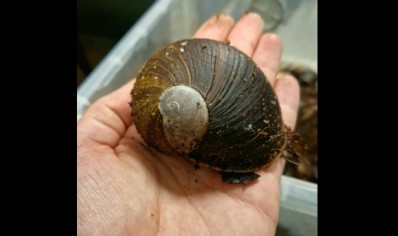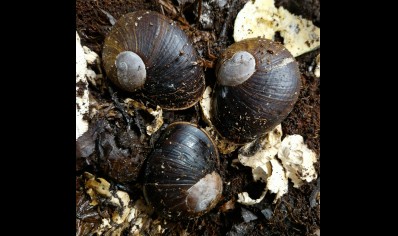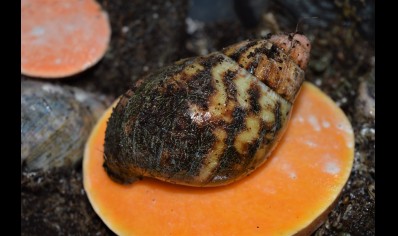- Kingdom:
- Phylum:
- Class:
- Order:
- Family:
- Sub Family:
- Genus:
- Species:
Snails & Slugs: Helicophanta magnifica
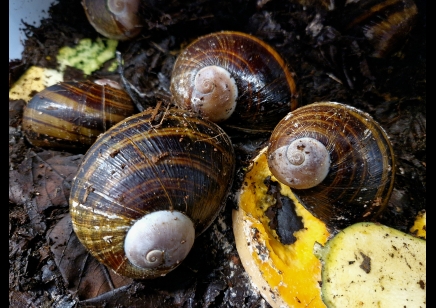
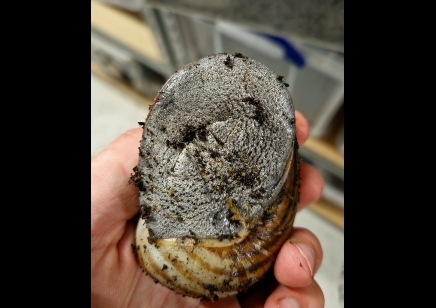
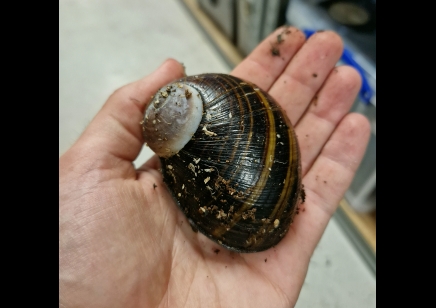
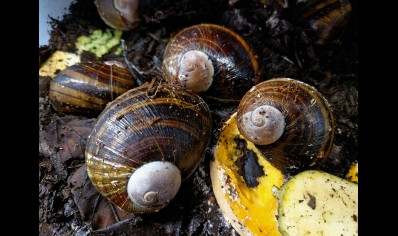
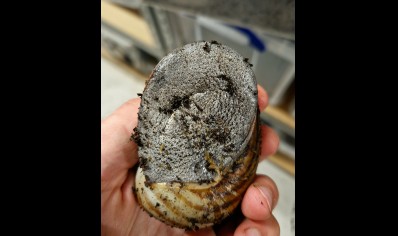
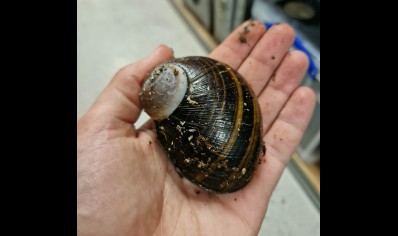
Order Now!
All payments are made through a secure payments system click here for more information.
Care sheet for Helicophanta species (Ibaroensis/Bicingulata/Magnifica)
About:
The landsnail Helicophanta Ibaroensis/Bicingulata/Magnifica is part of the Acavidae family. All 16
species of Helicophanta are endemic to Madagascar, with H. Ibaroensis/Bicingulata/Magnifica
being found in the tropical rainforests to the east of the island. (Ranomafana, Maromizaha and
Andasibe-Mantadia national parks.)
All of the observations/ suggestions below are simply based on my own experience, as well as
from reading, researching and speaking to others currently keeping Helicophanta species.
Substrate:
I keep both H. Ibaroensis and H. Magnifica on calcareous (limestone-rich) substrate. Although the
substrate I use is collected myself, coir or good quality compost would be fine. I have found that
Helicophanta snails enjoy burrowing into the substrate, so I give them at least 3.5-4� of substrate to
bury themselves into. All snails need calcium to grow their shells, but I have found that many
species (including Helicophanta) will not rasp at a cuttlefish bone. This is the reason I mix
limestone flour into the substrate. This hopefully provides them with a source of calcium which
mimics the one found in their natural habitat.
The snails ingest the soil when burrowing and this helps them to grow their shells. My H. Magnifica
has added 1.5� of new growth to its� shell since June of last year, so I can only assume that the
idea of mixing limestone flour with the substrate is working! Alternatively, one could also dust their
food with powdered cuttlefish, or indeed any suitable calcium source.
Setup:
My setup is fairly simple and is designed to mimic the snails� natural habitat of a dense forest floor
as closely as possible. One side of the tank is covered with moss (this also helps to hold moisture)
and the other side is covered with Magnolia leaves. Any leaf litter could be used, as well as pieces
of rotting wood which provide cover for the snails during the day..
During the day they seem to enjoy resting up under the leaf litter, coming out to feed at night. I
have found it helpful to search for images of Helicophanta in their native habitat on google and take
inspiration from there!
Temperature/ Humidity:
Ideally, Helicophanta should have warmer temperatures during the day and cooler temperatures at
night. I try to keep them between 23-25�c during the day, easing off to 18-20�c at night. They are
nocturnal, being most active between 21:00 and 01:00. High humidity is also essential for
Helicophanta, as they will stay buried for extended periods of time if the atmosphere becomes to
dry for them. I try to keep them between 80-90% humidity.
Maintaining a high level of humidity is important for Helicophanta, as this encourages them to
come out at night to search for food.
Feeding:
I have tried Helicophanta on a wide range of fruits and vegetables. They particularly enjoy
mushrooms, as fungi form the basis of their diet in the wild. I have found that they will eat chestnut,
button, portobello, oyster and shiitake mushrooms. They also enjoy fruits once they have slightly
rotted and become slightly soft. They enjoy Melon (Galia and Honeydew), Apple, Pear and
Banana. I occasionally feed them Cucumber and Courgette. Others have reported that they will eat
Sweet Potatoes, Plums, Peaches, Grapes, Papya, Watermelon and Lichens. I would advise trying
them with any foods other than things which are known to be harmful to snails (citrus, onions, dairy
or pasta or starchy foods!!)
Written by Theo May 2017.

